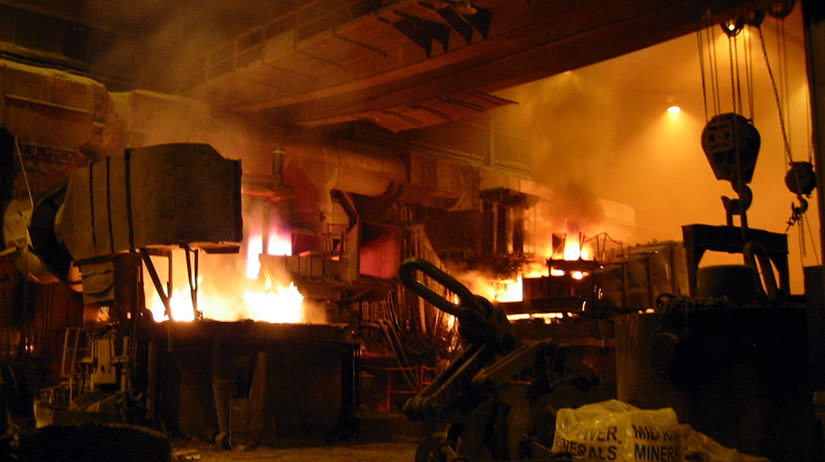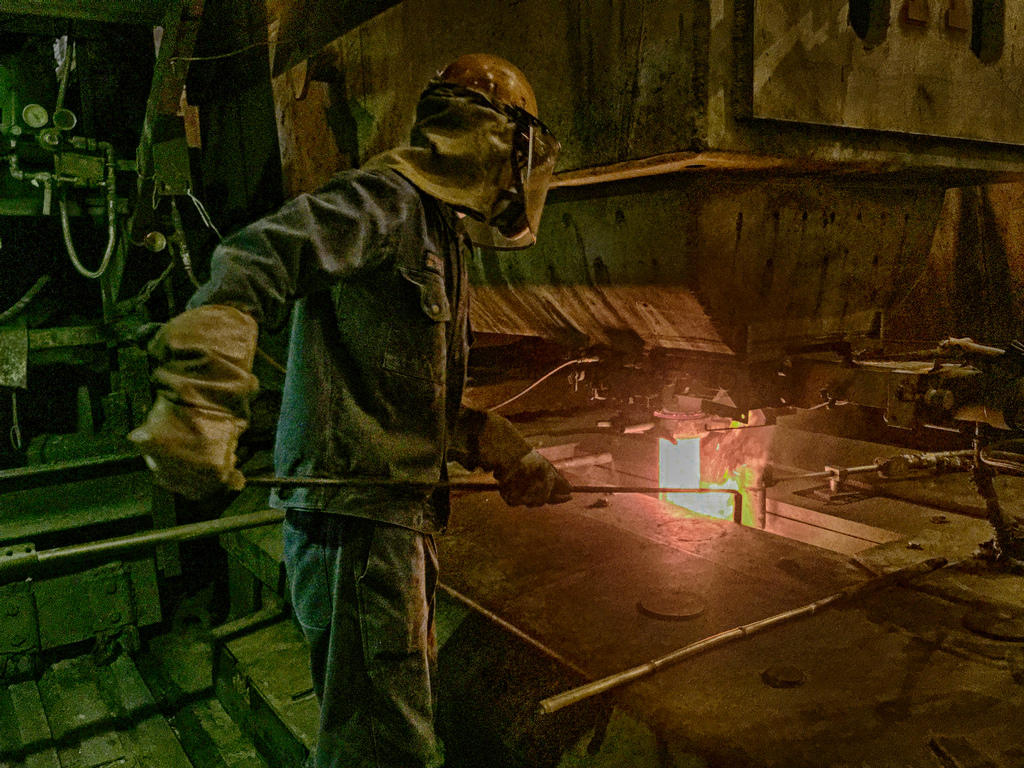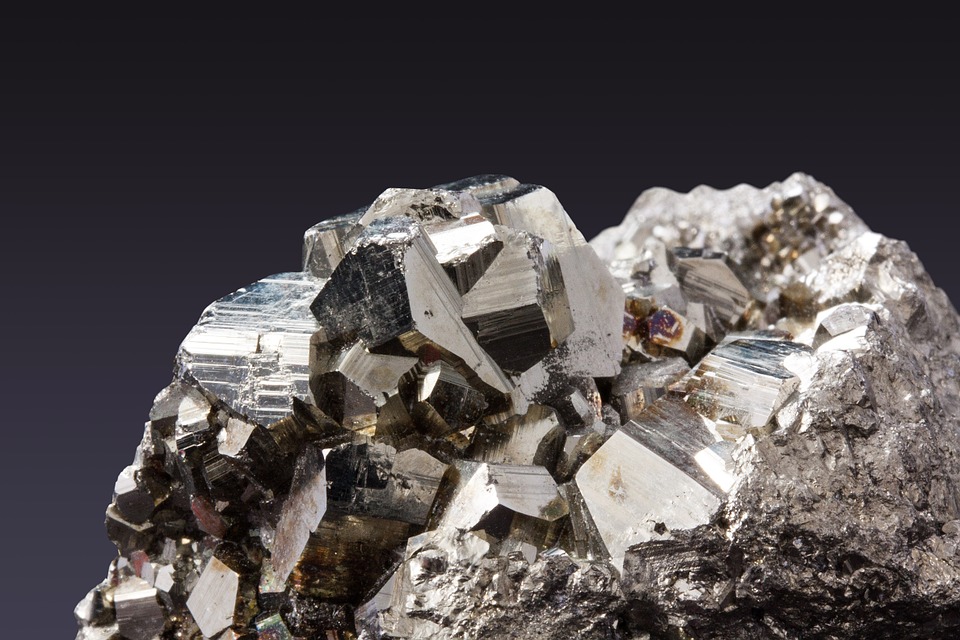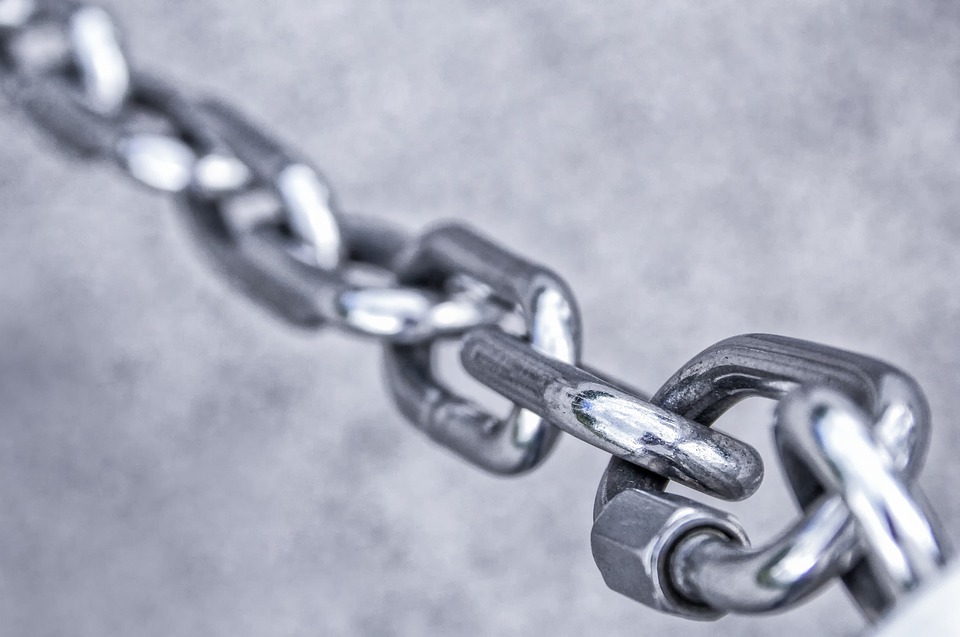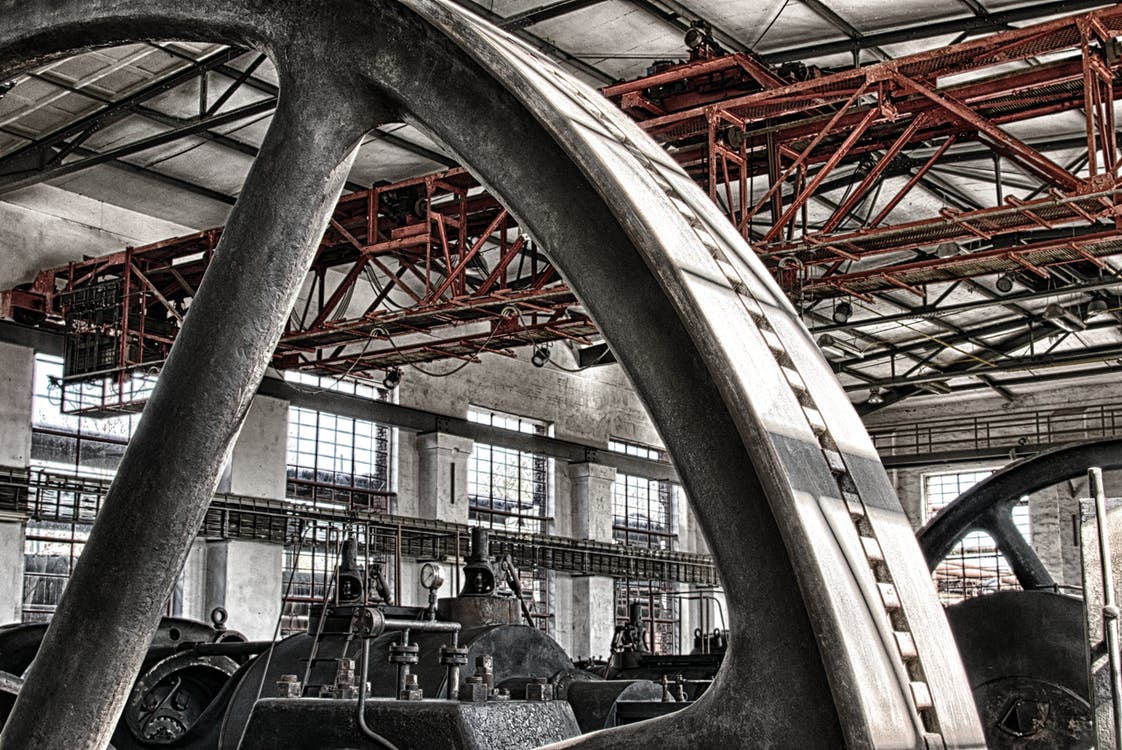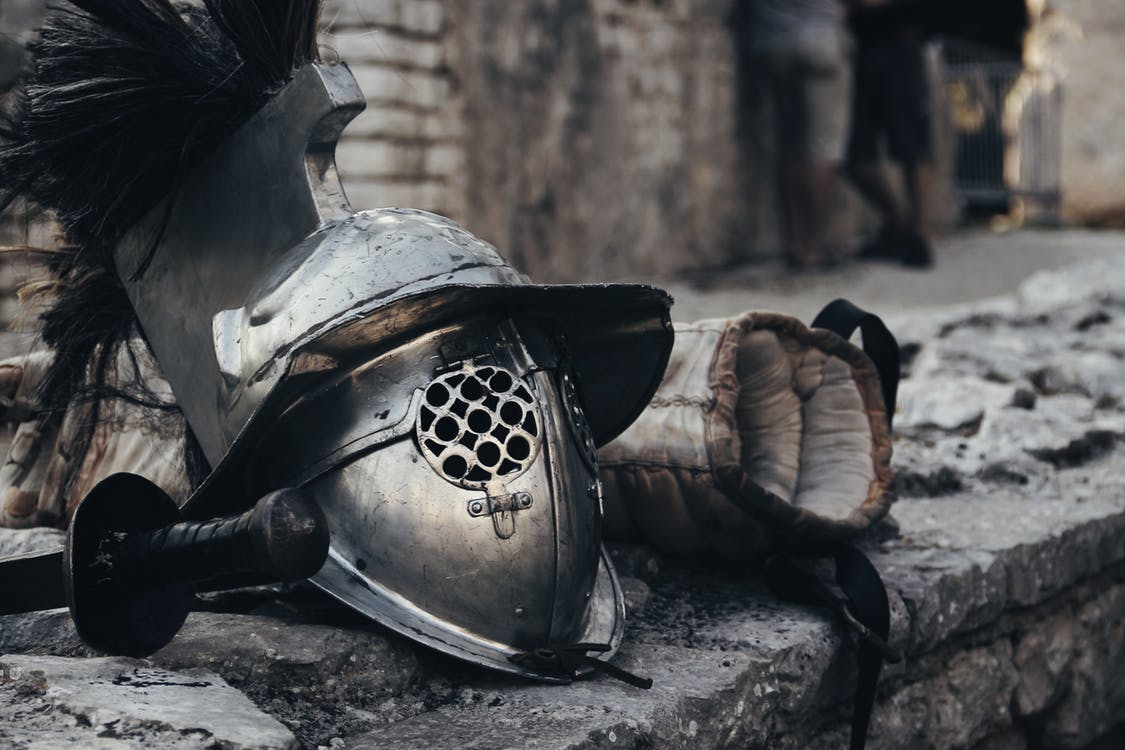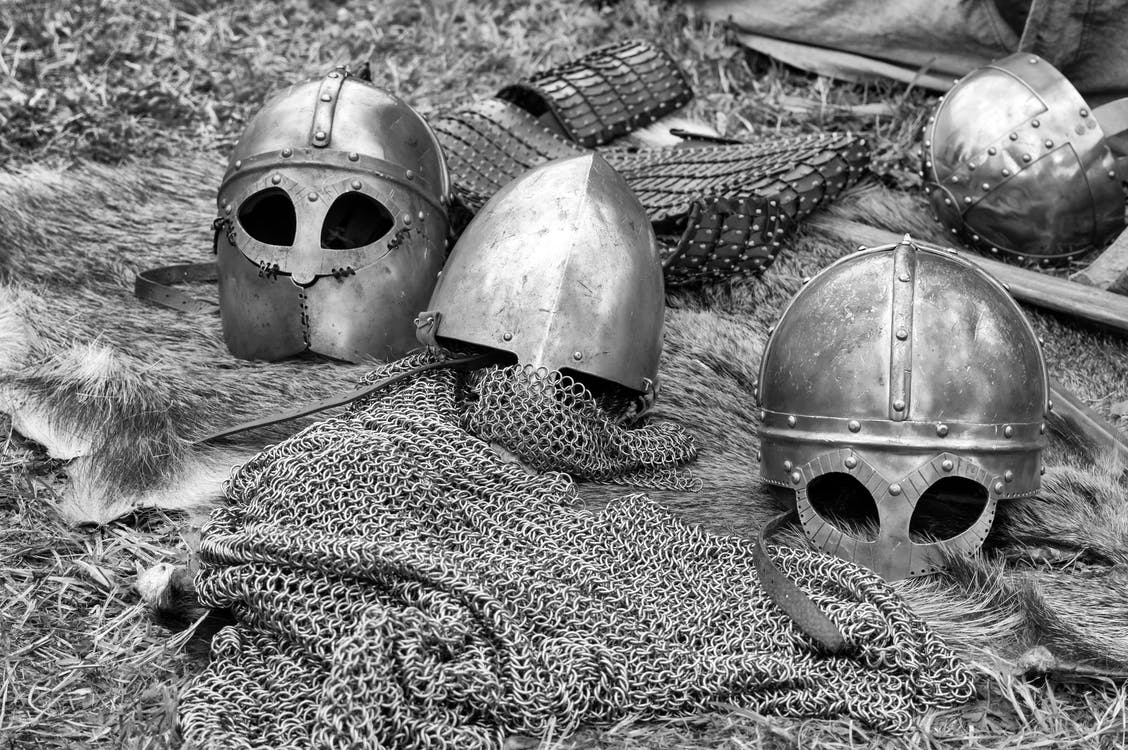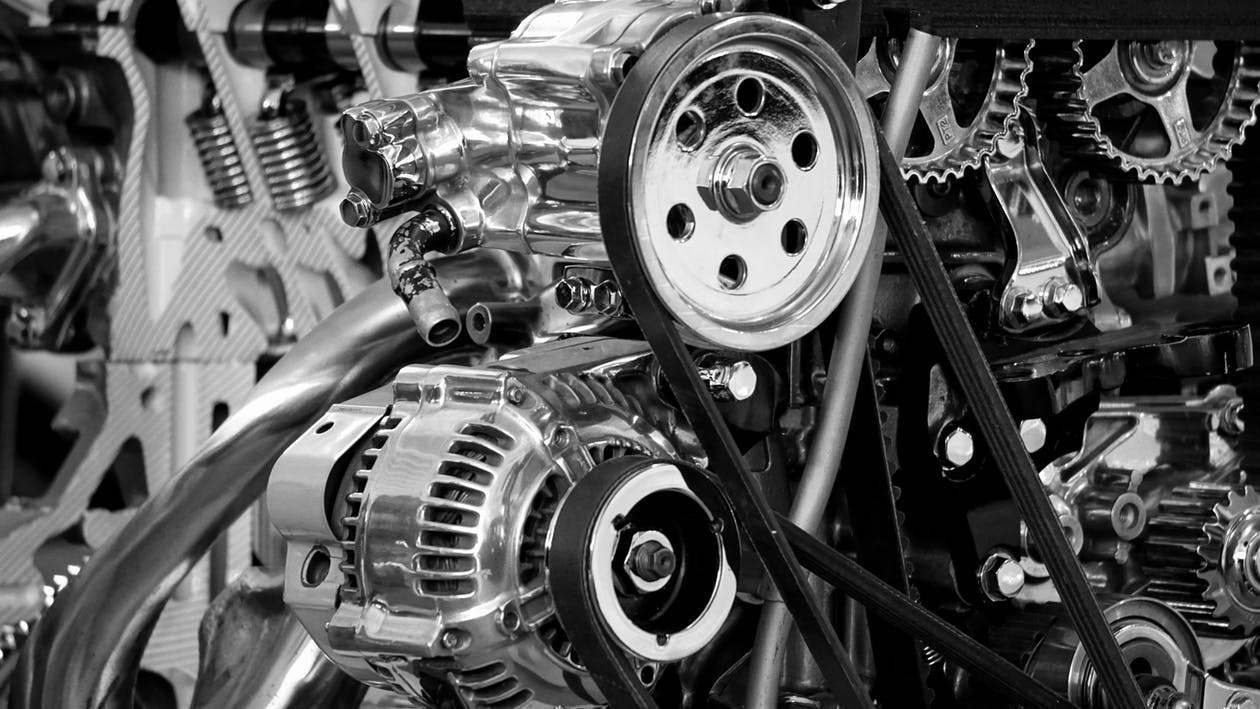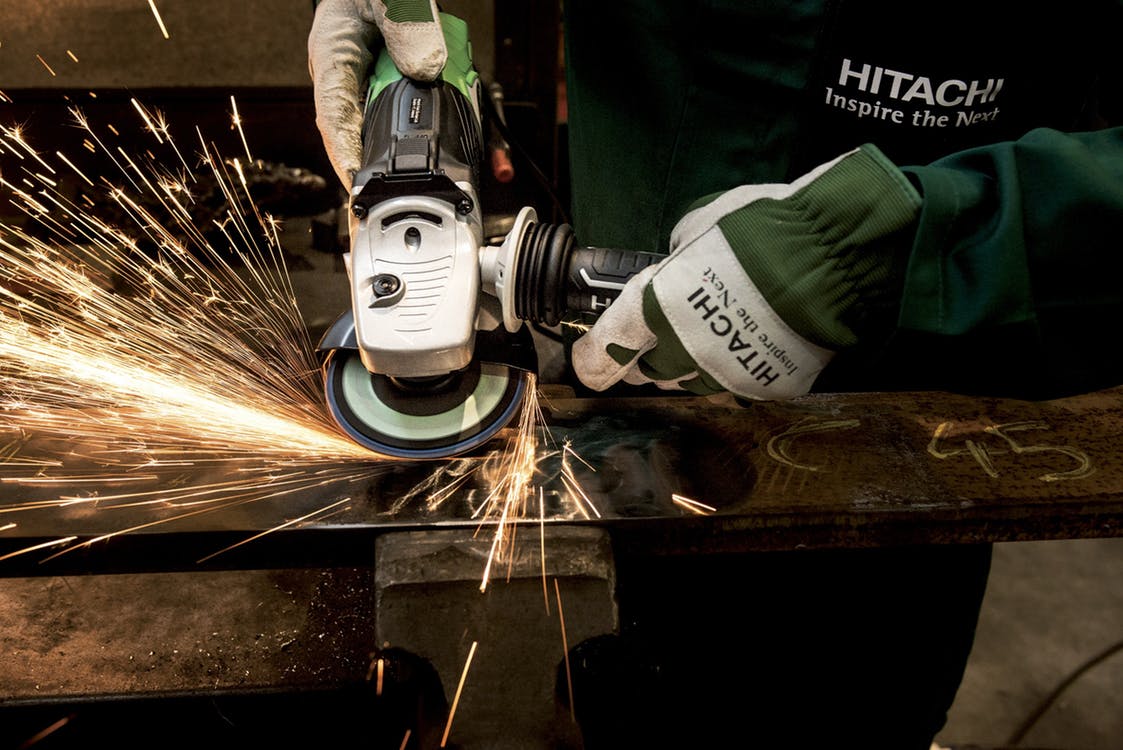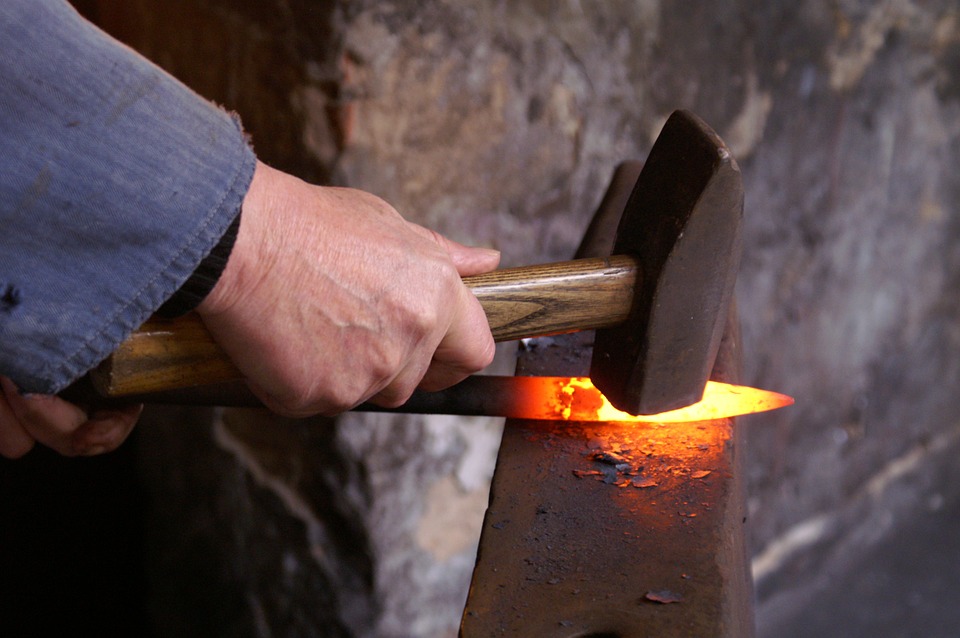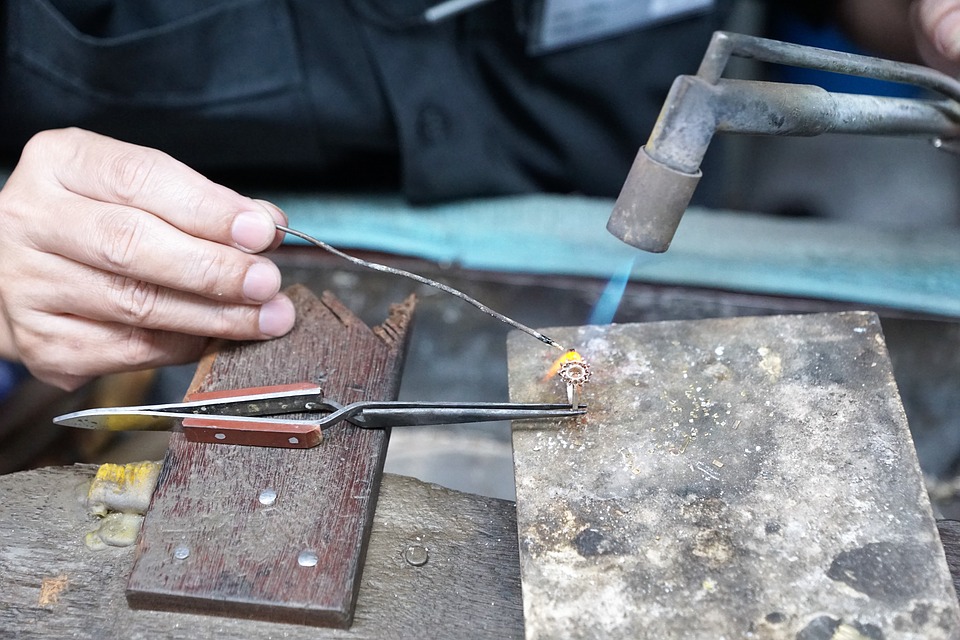Intrafeca Has Innovative Equipment for Ferrous Transformation
Intrafeca Chairman, José Manuel Mustafá Flores pointed out, that in order to accomplish the transformation of ferrous material into cut stones or fused material, it must have appropriated equipment which provides the best quality to the product.
For this reason, Intrafeca has:
- Shredding Equipment Power Sreen Shieftain, model 600
- Hydraulic Excavator Caterpillar, model 330 BL
- Front Loader Caterpillar, model 380 C
These three mentioned models are somehow the most outstanding equipment. However, its stock is much larger, being Intrafeca the pioneer in this field in Venezuela.

